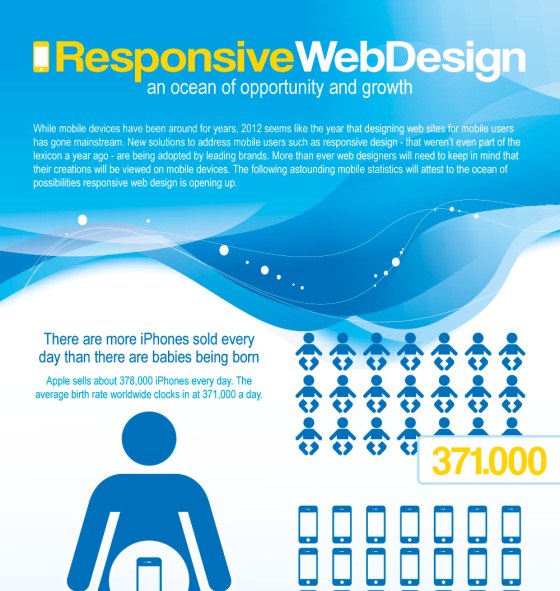Critical Web Site Design Insights: Referrals For Developing An Instinctive User Interface
Critical Web Site Design Insights: Referrals For Developing An Instinctive User Interface
Blog Article
Post Written By-Wiley Skinner
When it involves internet site design, guaranteeing user-friendliness is vital. From responsive style to structured navigating, every element plays a vital role in creating a website that accommodates your audience's requirements. But what about the finer information that can make or break a customer's searching experience? Remain tuned as we reveal some often-overlooked pointers that can boost your web site's functionality to the following degree, making it really stick out in the digital landscape.
Relevance of Responsive Layout
Responsive layout is a vital facet of contemporary site growth. Ensuring your site is responsive methods that it can adapt to various display dimensions and gadgets, supplying a smooth experience for users.
With the boosting use mobile phones and tablets to access the web, having a receptive layout is essential for getting to a larger target market. It helps in boosting user experience by making your website very easy to navigate and keep reading any kind of gadget.
Furthermore, receptive style can positively influence your search engine rankings, as internet search engine like Google focus on mobile-friendly sites. By having a receptive design, you're additionally future-proofing your website, as brand-new tools with varying display sizes remain to emerge.
Simplify Navigating Framework
To boost customer experience and help with simple accessibility to details on your website, streamlining the navigating framework is vital. When designing your website, concentrate on creating a clear and instinctive navigating food selection that assists visitors find what they're seeking rapidly.
Limit the number of menu things to the basics, organizing associated pages together to stay clear of frustrating customers. Use detailed labels that plainly indicate the web content of each web page, making it easier for customers to comprehend where each link will take them.
Consider applying dropdown menus for subcategories to stop cluttering the primary navigating bar. Additionally, consist of a search bar prominently on the web page for individuals who like searching for specific info.
Focus on mobile responsiveness in your navigation design to guarantee very easy accessibility on all devices.
Optimize Web Page Tons Rate
Improving web page lots speed is vital for keeping site visitors on your internet site. Slow-loading web pages frustrate users and can cause high bounce prices. To maximize page load rate, start by enhancing photos. Compress pictures without compromising quality to reduce their file dimensions.
Furthermore, enable web browser caching to keep often accessed resources in your area, speeding up load times for returning visitors. Minify CSS, JavaScript, and HTML documents by getting rid of unneeded characters, remarks, and format, boosting lots speed.
Consider making Read the Full Content of a content delivery network (CDN) to distribute your website's content throughout numerous servers worldwide, reducing latency for individuals accessing your website from different locations. Finally, click the up coming website page making use of third-party scripts and plugins, as they can dramatically affect load times.
Conclusion
To conclude, by integrating receptive design, streamlining navigating, and maximizing page tons rate, you can create an user-friendly web site that attract a wider target market and improves customer experience. These essential elements make sure that visitors can easily access and navigate your website across different gadgets, causing boosted interaction and complete satisfaction. By focusing on these essential facets, you can construct an effective internet site that maintains individuals returning for even more.
